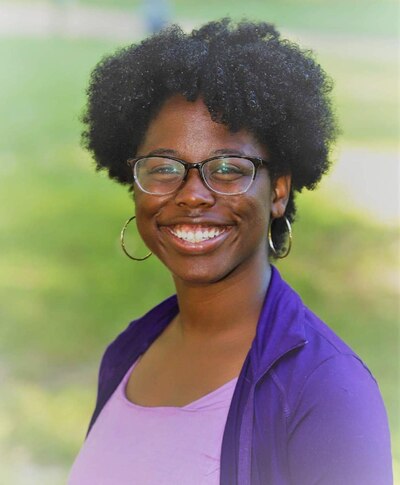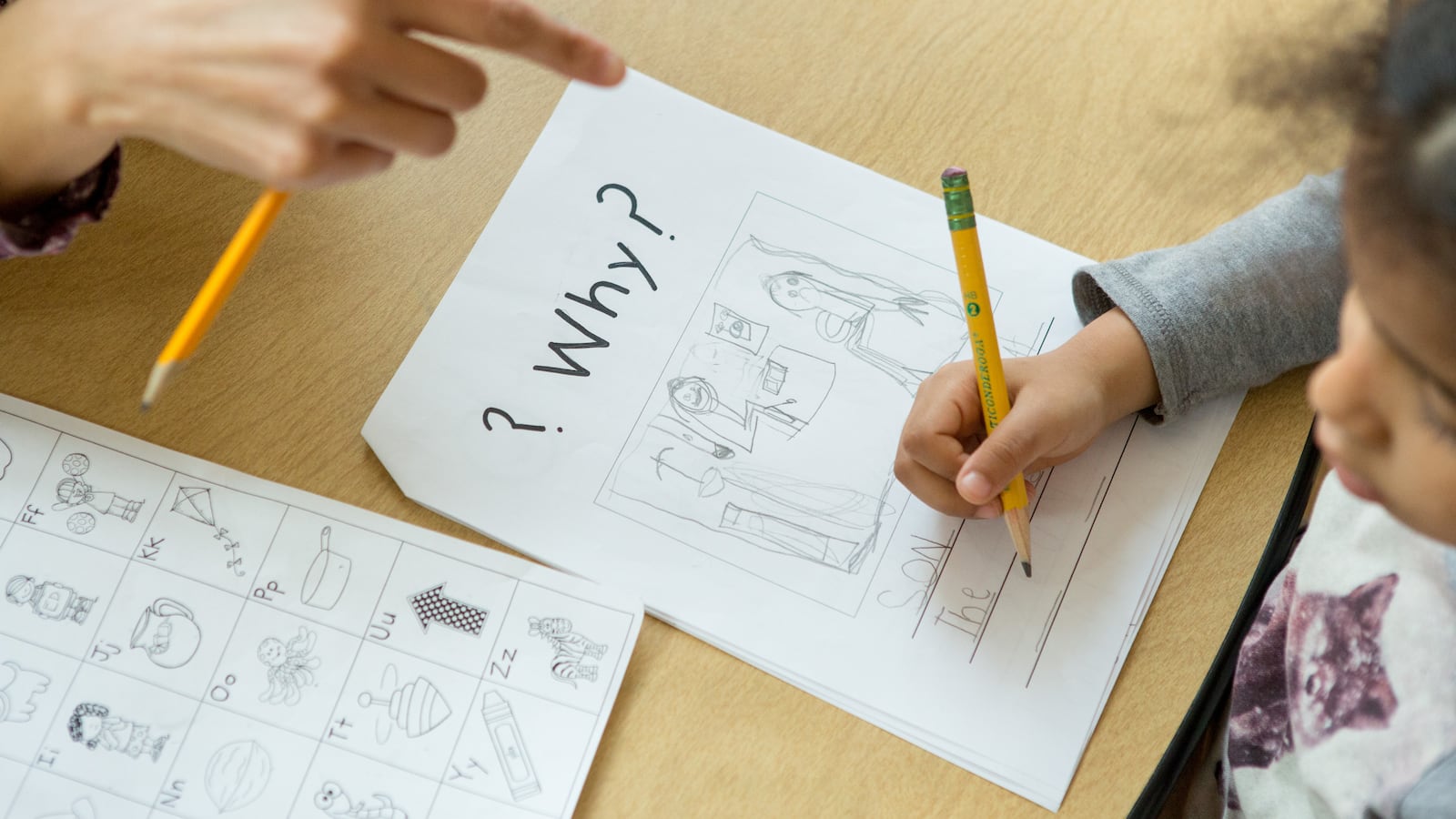“Who are Taliban?”
I gasped as discreetly as possible when I heard the question.
Without an answer, the little girl asked again, this time a little bolder: “Who are Taliban?”
I, along with the other shoppers in the Target paper towel aisle, all watched as her question landed like a boulder on her unsuspecting mother. The question, the tiny interrogator, and the mother’s frozen gaze all reminded me of the many questions I have fielded from my kindergarten students.

For parents and educators across the country, this past year or so has been full of tough questions. In the classroom, I’ve faced doozies from “Who is George Floyd?” to “What is an insurrection?” Even though we may not realize it, children are absorbing the information around them and working to process it.
When these questions come up, my strategy is to appear calm, tell the age-appropriate truth — basic facts and nothing too graphic — and reassure them as their words are sometimes fears coated in questions. But my first step is always to reassure myself that I am capable and up for the task. I wish I could have told that to the mom at Target that day.
When the question “Who are the Taliban?” comes up in my own kindergarten classroom, as I suspect it soon will, I will say that the Taliban are the military group who are now in power in a country called Afghanistan. This was unexpected because the people of Afghanistan did not vote for them to have power. They have done many hurtful things. This scares many people who live there.
For young children, less is more.
Still, I remind myself to lean into their follow-up questions. This is how they learn. If I am pressed for time, I will often set a boundary after the second question, letting them know they can ask one or two more before moving on to our next activity. I add, “But we can start with three fresh questions about the topic tomorrow if you have more thoughts or questions.”
I end these tough conversations by reassuring my little learners that they are safe, and I ask them if they would like to do something to uplift those who are not safe or those who are helping to keep us safe, be it from the Taliban or COVID-19 or the storming of the U.S. Capitol.
After the kindergarteners in my Washington, D.C. school came to school buzzing with questions about the Jan. 6 insurrection, we read “When Miles Got Mad” and “Pig the Pug,” two stories about anger. We looked at pictures of the faces of those who stormed the Capitol and considered how they were feeling. Many children noted that the people at the capitol that day looked “mad” or “angry” Then we shared times when we let negative emotions get the best of us, followed by a class cheer for the “special police” who helped to regain control at the Capitol building.
On the day we needed to shut down school due to COVID-19, my students came in with mountains of questions and worries. My co-teacher and I sat the children down on our rug and used our whiteboard skills to help answer their questions and provide context for what was happening and why.
We spoke about friendship and how the virus loves to make friends, but they are not kind friends and make people very sick.
“What do you do when a friend isn’t kind?”
“You walk away,” one student replied.
“Yes, you let yourself have some distance from them. We have to do the same with COVID-19, so others don’t get sick.”
“OK,” another child said, “then, let’s keep our distance!”
After our conversation, the student chose among no-contact goodbyes: air hug, waves, or wiggles.
The cheer for the special police and the goodbye greeting were their decisions after I asked them: What do you think we can do to help? When it comes to taking action, I often let my students lead the way because it helps them engage with their emotions kinetically and emphasizes our interconnectedness.
It’s the same reason many adults hashtag trending topics after a global tragedy; it’s our small way of raising awareness and spurring action when a situation feels otherwise hopeless. Children, too, want to be included in the solution in some small way.
A teacher discussing the recent deadly earthquake in Haiti may invite her students to make Haitian flags during arts and crafts and hang them in the windows school to show support for the local Haitian community and the earthquake victims. Or a teacher may want to ask her students to help select a new classroom toy from Fusion Dolls, started by Haitian American entrepreneur Widline Pyrame, or a puppet from The Little Market, a nonprofit fair trade shop featuring products whose sales support distressed communities.
If the children in my class ask about the Taliban and what we can do to help Afghan nationals, I will encourage them to make welcome signs for new families resettling in our area. We may also work with our parents and caregivers to raise money for Lutheran Immigration and Refugee Service, which helps local refugees.
These small acts help extend classroom (or Target paper towel aisle) discussions sparked by inquisitive little ones.
If 2020 was prologue for 2021, then the tough questions will continue apace. And when these moments arise in my classroom, I will strive to manage them with grace, answer questions truthfully, and reassure my students of their safety and our shared humanity.
Jamayca Williams is a kindergarten teacher in Washington, D.C.



